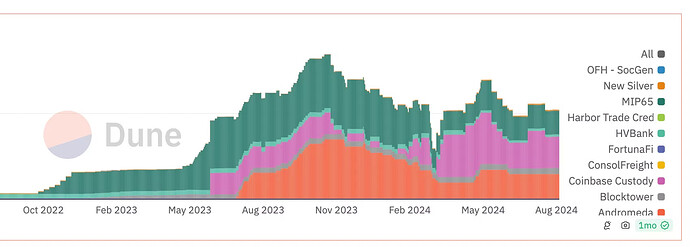Abstract
Introduction of Investment Policy Statement for the ENS Endowment.
Introduction
ENS Endowment was established via EP 2.2.4 with the goal of ensuring the long-term viability of ENS. The RFP for the Endowment was crafted based on the initial requirements and priorities of ENS. However, internal (ENS-specific) and external (market-) conditions are constantly evolving. As such, we propose the creation of an Investment Policy Statement (IPS), which will serve the following purposes:
- Define and assign the responsibilities of all involved parties.
- Establish clear investment goals and objectives of Endowment assets.
- Offer guidance and limitations to the Endowment Manager regarding the investment of Endowment assets.
- Establish a basis for evaluating performance of the Endowment Manager.
- Manage Endowment assets according to prudent standards.
In general, the purpose of the IPS is to outline a philosophy and framework to guide the management of the Endowment toward the desired results. It is intended to be sufficiently specific to be meaningful, yet flexible enough to be practical.
You can read karpatkey’s proposed ENS Investment Policy Statement here.
Next Steps
- Feedback period (Sep 10 - Oct 1): we will gather feedback of the IPS via ENS Forum discussions, and during Metagov Working Group weekly meetings
- Snapshot vote: to formalise the IPS
